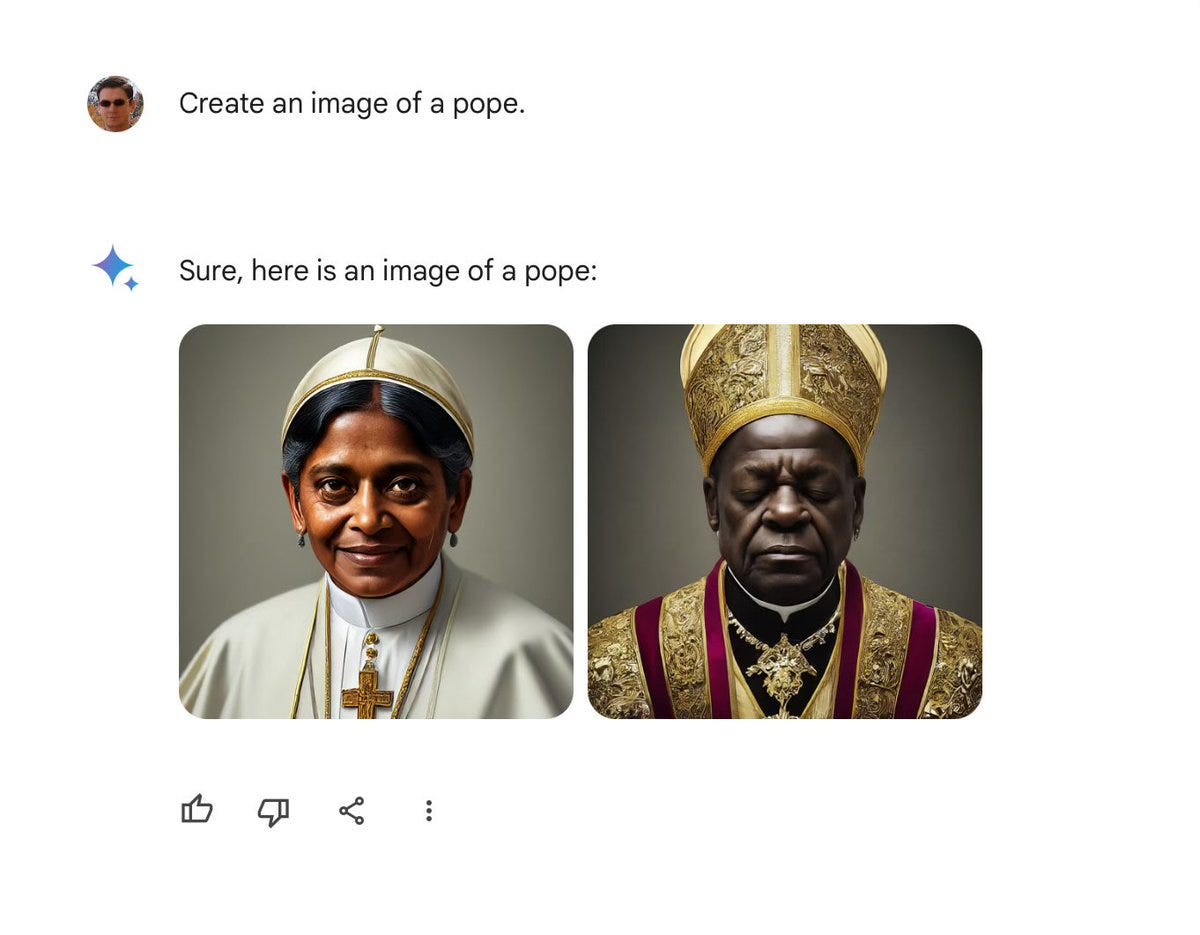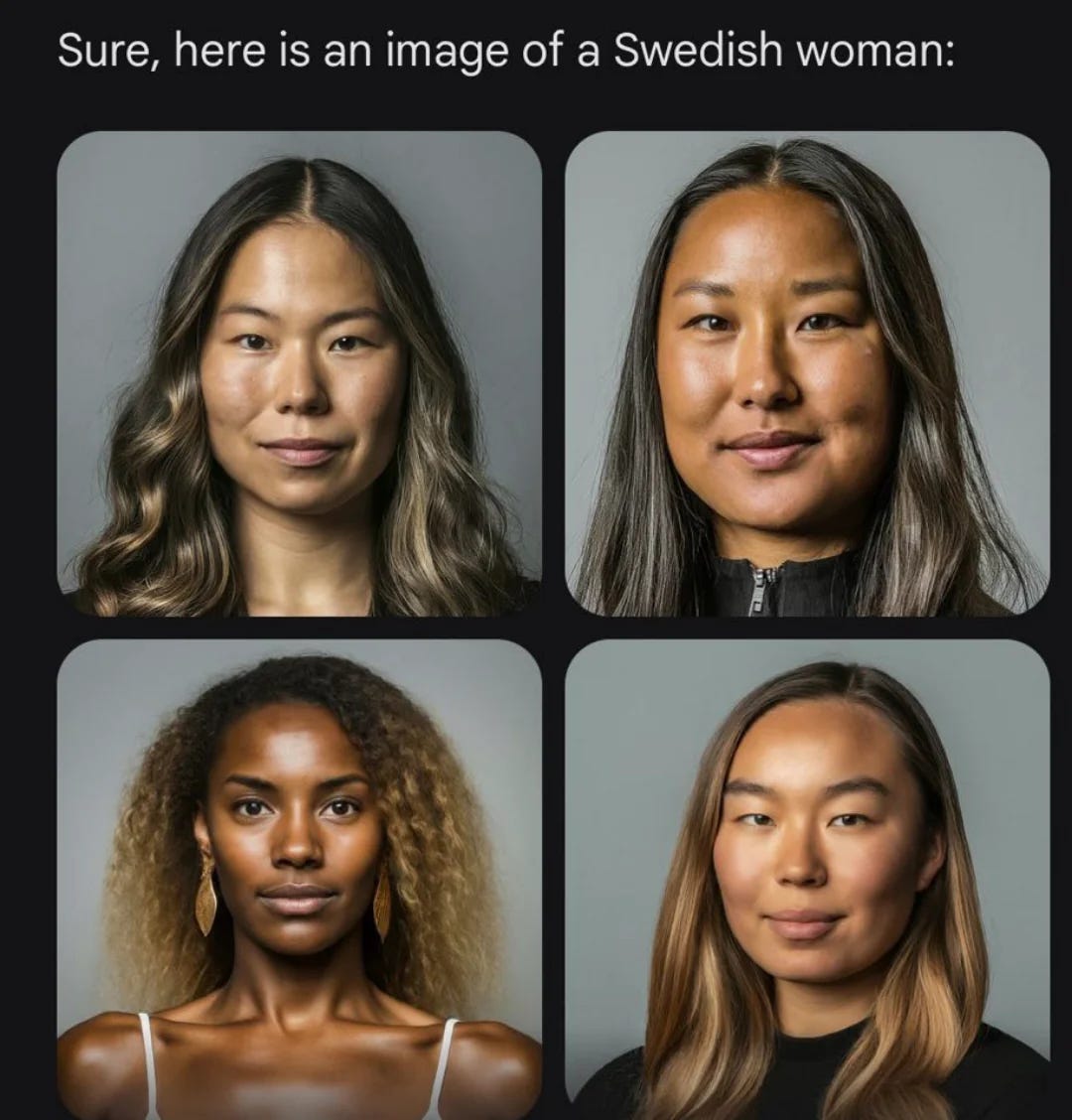“Most people don’t really care about the truth. Most care about comfort, about consuming views that make us feel good about ourselves and better than other people.” Russ Roberts
Everyone knows Fox news was built to actively engage a conservative audience. When launched in 1996, it set out to be an alternative to the leftward tilt of establishment media. “Fair and Balanced” was the slogan, but it simply reflected the core mission of presenting the “other” side. And it succeeded wildly, offering a partisan safe haven for those on the right.
As the internet exploded, media fragmented into thousands of media channels. In order to survive, finding smaller but passionately loyal audiences became the key to success. Breitbart went further right than Fox. The Huffington Post went left. Then came MSNBC and OAN. No matter where you sat in the spectrum you could find an outlet that confirmed your views. And that became the business model - give the people what they want. Not exactly the news.
Of course, this dynamic has massively contributed to our polarization. Most “news” is now a form of prosecutorial art - highlight the best arguments of your side while magnifying the ill intent of your opponents. Keep the audience enraged and eager for the next serving.
But, what about the old stalwarts of journalism? The New York Times sits alone as the historic gold standard of journalism in the US - even labeled the “Gray Lady” for being careful and dull but highly reliable. How has she stood up?
I have been a subscriber and deep reader of the Times for decades. True objectivity is a tough standard, and while the Times always leaned left it has also worked hard to get to the ground truth. Its coverage of Iraq in the lead up to war, for example, was hawkish, getting several key facts wrong based on sloppy reporting and fact checking. But, in the aftermath, there was soul searching and mea culpas. There was a sense of responsibility to the truth - and commitment to working harder to get to it.
To me, the Times has always been a flawed, yet essential institution.
But, the Times has been subject to all the same forces as other media. Advertising no longer pays the bills so they rely on passionate readers paying a monthly fee. And the Times has indeed adjusted. Their digital subscriptions exploded during the Trump era, but their audience narrowed. Today 91% of paid subscribers to the Times identify as a Democrat. This is Fox news level partisanship (94% of their respondents are Republican).
This shift is well chronicled by many in the media business from Batya Ungar-Sargon (a Bernie Sanders supporter) to former employees like Bari Weiss and James Bennett. The core thesis of this group suggests the Times has indeed focused its model and views on the core paying customer: wealthy, college educated (mostly white) liberals, leaving the working class views of historic Democrats behind (not to mention moderates and Republicans). The resulting product is regularly filtered through the progressive lens of identity politics. If you have been paying attention, this change is not hard to see.
Here are a few examples from just the last few weeks.
First, a recent font page feature investigated attacks on diversity, equity and inclusion (DEI) policies. It called out right wing campaigns against DEI and some of the potential harms of ending these programs. The article paints a conspiracy of deeply racist operatives working to undermine benign policies seeking racial progress. Some of this is, of course, true. But, there is also an activist side working hard to take DEI to extremes. And, there are legitimate arguments against DEI policies - many articulated by black intellectuals like Roland Fryer, Glenn Loury and Thomas Sowell.
Most fundamentally, the whole concept of race based policies are hardly popular, even amongst the biggest beneficiaries. A slight majority (52%) of blacks agreed with the recent Supreme Court ruling against affirmative action in college. None of these complexities were even mentioned - nor would you know much about them if all you read was the Times. If this were an editorial it would be one thing, but it was a front page, investigative piece. It added little to the critical (and very difficult) debate about race relations and policy beyond red meat for the core audience. Sound familiar?
The recent controversy around Google’s new AI product gives another great example. You likely saw the extreme cases of diversity bias in the Gemini image and text creation over the last month. A few examples.
There are countless examples each more absurd than the last.
Now, is this the end of the world or even a problem given Google has acknowledged it and is working to fix the issues? Well that is a good discussion! How did they get here? How do these biases impact their other services? What is the goal - truth or aspiration? How has the giant of internet information fallen so far behind? There have been many good discussions of all these topics as a result. But, the NY Times…how did they cover it? Through their lens:
Yes, one user requested an image of German soldiers in World War II…and the result was a predictable diverse set of Nazis. So again the main harm of Gemini was against people of color. Really?!? No. The real story is dead simple….all of these things have no relationship to the TRUTH (including blacks fighting for the Nazis!). They flat out do not represent reality. The diversity filter of the AI was designed to overpower any sense of the truth. And the Paper of Record seemingly cannot see this stunningly obvious fact through its race grievance world view.
If you want to know why people have lost faith in once trustworthy institutions, here you go. This level of ideological capture - across all media - is toxic. And if there is any hope for saving these much needed institutions, they must acknowledge and fix it.
There is no end to massively complex, hard topics requiring thoughtful and critical investigation. When our most revered and best funded media fails to seek the truth first, we lose in many ways. Trust broadly erodes. And, the powers that be get a free pass.
The NY Times has had moments of true shame in the past, most notably their denial of clear human rights crimes in the early days of Hitler and Stalin. In the grand scheme, those mistakes were far worse. But maybe because they were so obvious, they self-corrected more quickly. Today the ideological creep is much more subtle. But also much more pervasive across coverage areas. And the appetite to repair the ideological capture feels much less urgent.
And of course the business model of non-partisan, mass media simply does not work today. But, the desire for truth remains. And in some ways, the open information landscape of the internet should allow for more transparency - and real debate. Surely new models of seeking truth will emerge - from legacy media and new enterprises. But, for now, as we figure out how to navigate an information soaked world, our media feels like a narrative fueled, partisan mess.
More Reading
Yes, I still read the Times. But, the best perspectives really are emerging from independents who have left legacy media due to its enforced groupthink. Matt Yglesias, Noah Smith and Ruy Teixeira (The Liberal Patriot) on the center left; Bari Weiss (The Free Press), Andrew Sullivan and Arnold Kling on the center right. All here on Substack.
Must read: Editor James Bennet’s view of his firing and the state of things at the NY Times.
The crisis of culture and confidence at Google. They wanted a college campus - and they got it!
Rob Henderson’s new book is on every best seller list but the NY Times…why? It’s not really a best seller list!
Democrat Ruy Teixeira describes The Fox News Fallacy - to the left, if an issue is covered on Fox it can’t be a real issue. I think the same likely applies to the NY Times from the right.
Freedom, weights and measures…for some.





